– By Tom Schaffner
Still a Big Hotel With a Lot of History
In the late 1920s, Chicago was known as the City of Big Shoulders, but more to the point it was simply the “City of Big.” Within its boundaries were the world’s largest office building (the Merchandise Mart), the world’s largest store (Sears Roebuck and Co.), the world’s largest livestock marketing facility (Union Stock Yards) and the world’s largest hotel (The Stevens).
In those days, apparently, everything was not bigger in Texas.
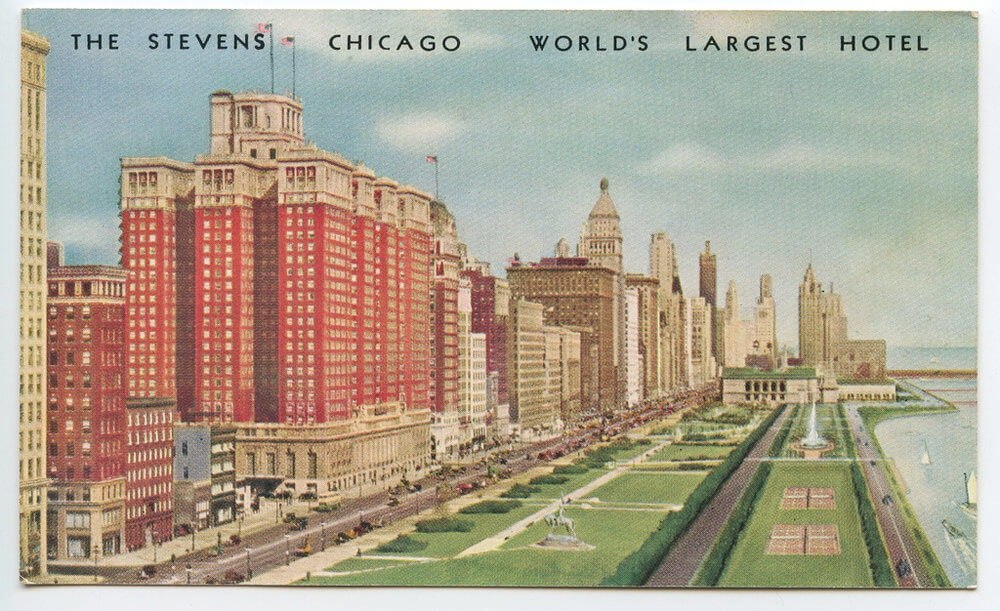
Although all of these businesses enjoyed long reigns as “the world’s largest,” all four have since given up their titles — the Merchandise Mart was supplanted in size by the Pentagon; Sears has shrunk to less than 400 stores and is teetering on the edge of bankruptcy; the Union Stock Yards have been closed 1971; and, as of this writing, the Hilton Chicago (formerly the Stevens) is only the 93rd largest hotel in the world.
Though the superlative of “World’s Largest” is no longer attached, the Hilton Chicago is still a spectacular and magnificent hotel. It oozes with history, is lavishly styled and is blessed with one of the most desirable and well-situated land parcels in the entire city of Chicago. It is across the street from beautiful Grant Park, only a couple of blocks from Lake Michigan and is an anchor property on South Michigan Avenue.
Still an Enormous Hotel
The hotel occupies a full city block with 1,544 rooms spread over 30 floors (down from 3,000 when the hotel opened in 1927). It has 1,000 employees, and an incredible 234,000 square feet of meeting and event space. It offers 36 regular suites and 13 specialty suites for guests who want a more than just a room. The suites range in size from 1,000- to 2,500 square feet and every one of them has a magnificent view of Lake Michigan.
One of the suites at the hotel, the Conrad Suite, has earned a reputation as one of the most spacious and opulent hotel suites in the world. When the hotel underwent a major renovation in 1985, two former ballrooms on the top two floors of the hotel were combined and redesigned into a single suite at a cost of $1.6 million. It has all the comforts of home and then some. The amenities include a grand salon with fireplace (1,900 square feet), a dining area for fourteen, a classic library, private kitchen, three bedrooms with full baths, two powder rooms, and four private elevators. The décor features gold and crystal Strauss chandeliers, large floral oriental rugs, mahogany parquet floors, period antique furnishing and artwork. If you can afford $10,000 per night, you can stay there as long as you wish.
The 8th Wonder: Large and Lavish
Built at a cost of $30 million, the Stevens Hotel was considered by many to be the eighth wonder of the world because of its sheer size. It was, essentially, a city unto itself. In addition to the hotel’s own private areas (heating and cooling systems, laundry, kitchens, electrical, carpentry and plumbing shops, etc.) the property featured a wide variety of services and features for guests. These included a rooftop miniature golf course, a drug store, cleaners, a children’s clothing and toy store, a beauty shop, a jewelry store, haberdashery, and flower shop. There was also a concert music library, a recreation room, a children’s playroom, several restaurants, and even a small hospital with an operating room. To top it off, the hotel had a 1,200-seat theater with “talking motion picture equipment, a seven-chair barbershop, and its own ice cream and candy manufacturing facilities.
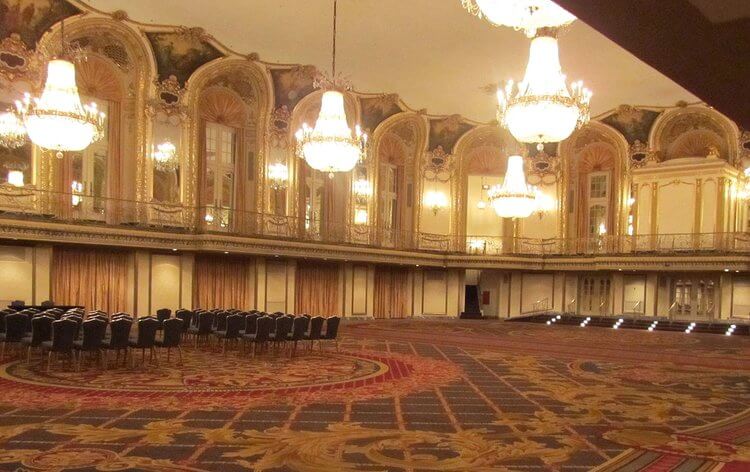
The hotel was the brainchild of James W. Stevens, his son, Ernest, and their family. They ran the Illinois Life Insurance Company and owned the nearby La Salle Hotel. James Stevens was the grandfather and Ernest was the father of former U.S. Supreme Court Justice John Paul Stevens.
From Opening Day on, the hotel was the place to be — and be seen — in Chicago. The first guest booked into the hotel was the Vice President of the United States, Charles G. Dawes; the second guest was President Machado of Cuba. Galas and special events filled the ballrooms night after night — a dinner honoring Charles A. Lindbergh; the Motion Picture Association Ball, attended by movie mogul Cecil B. de Mille and actor Victor McLagan; and many more.
But the good times didn’t last…
In the weeks and months following the Stock Market Crash of 1929 and the ensuing Great Depression, the large hotel fell on hard times. Fewer and fewer guests booked rooms and the dining areas and ballrooms were barely used. During the Depression it is estimated that some eighty-one percent of hotels in the United States went bankrupt. In June of 1934 the seven-year-old Stevens fell victim to this trend and was declared insolvent. In 1937, the hotel was appraised for $7 million, a whopping 78 percent decrease in its value in only a decade.
Perhaps one of the most interesting eras in the illustrious history of the Stevens was launched in 1942 when it was purchased for $6 million by the U.S. Army and became the Army Air Force Technical Training School for more than 10,000 air cadets who used the hotel’s 3,000 rooms as barracks.
In February 1945, hotel magnate Conrad Hilton purchased the large hotel from a local businessman, Stephen Healy, who earlier had bought it from the Army and converted it back to a hotel. Shortly after buying the property, Hilton made improvements, which included the installation of an ice stage in the Boulevard Room that hosted elaborate ice shows nightly. Hilton also initiated extensive training sessions with his employees in an effort to become the “friendliest” hotel in Chicago.
Over the years, Conrad Hilton enticed many stars of stage, screen, sports and politics to entertain at or visit the hotel — Eddie Duchin, Guy Lombardo, John Wayne, Gary Cooper, Babe Ruth, Grace Kelly, Tony Bennett and Dean Martin, Harry S. Truman and Dwight D. Eisenhower, were a few of the guests he welcomed to the hotel. Hilton’s crowning achievement, however, was in 1959 when Queen Elizabeth II became a guest at the hotel.
Today’s Hilton: Still huge
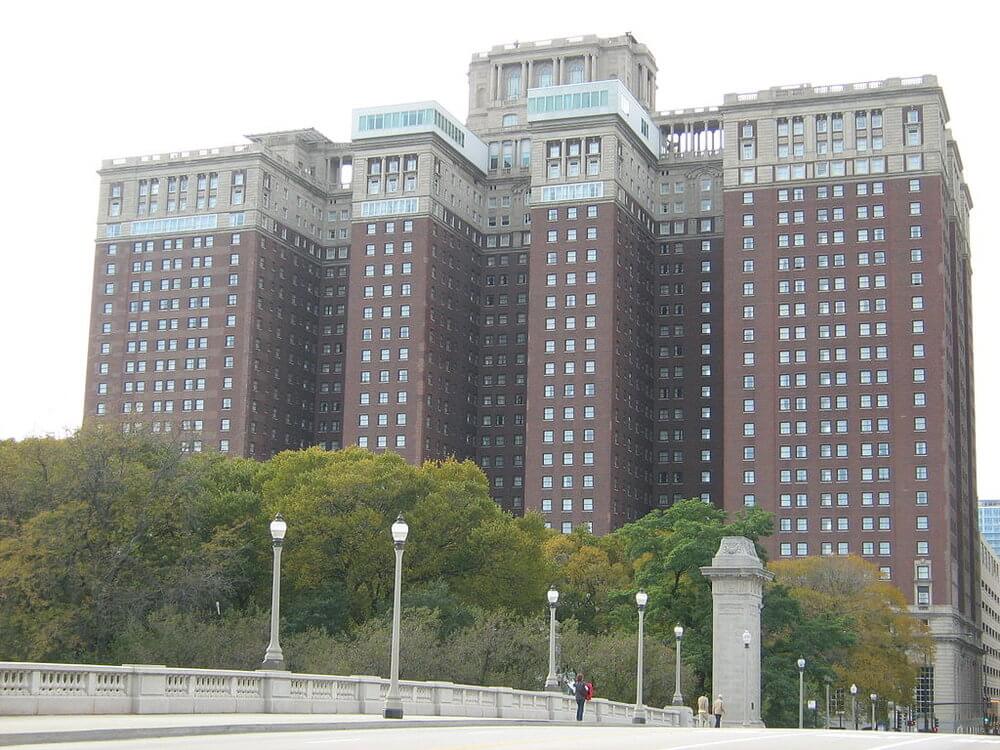
In the past two decades, the Hilton Chicago has gained a reputation as a great place to film movies. Among popular Hollywood movies filmed at the hotel were “U.S. Marshalls,” “My Best Friend’s Wedding,” “Home Alone II” and “Road to Perdition.” The most memorable, however, was probably 1993’s “The Fugitive,” starring Harrison Ford and Tommie Lee Jones. In the final memorable chase scene, virtually the entire hotel is showcased. Look closely and you’ll see the Grand Ballroom, the Great Hall, the International Ballroom, a suite’s library, the roof promenade, and the hotel’s laundry.
Today, the hotel is as hip and in touch with the times as ever. It has many received several awards and recognition for sustainability programs. A large portion of the roof on the eighth floor is actually an urban garden that is cultivated in partnership with Windy City Harvest. This organization trains students how to grow organic, sustainable fruits and vegetables in an urban environment. Much of the produce is consumed at the hotel. Find the hotel when exploring the South Loop. (Accessible via the Blue Line, Green Line and Pink Line, Purple Line and Orange Line).
Holder of two journalism degrees, including a masters from Northwestern University, Tom Schaffner is a native of the Chicago area and has spent nearly 50 years as a writer, editor, publisher and professional communications consultant. He was also the founder, editor, and publisher of the Chicago File, a newsletter for former Chicagoans. Tom is also the co-owner of L Stop Tours.
POPULAR TRIPS
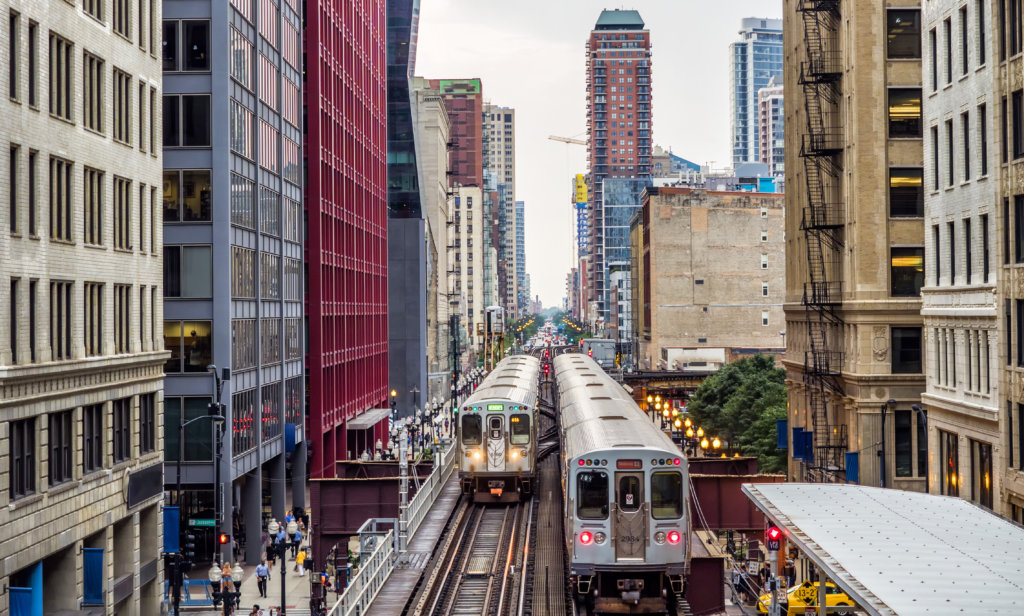
Duration: 3.5 hours
Price: Adult $65
- Tour price includes transit fees. Food/beverages purchased by guests.
- Tour begins and ends in the Loop.
- Walking distance: 1.5 miles
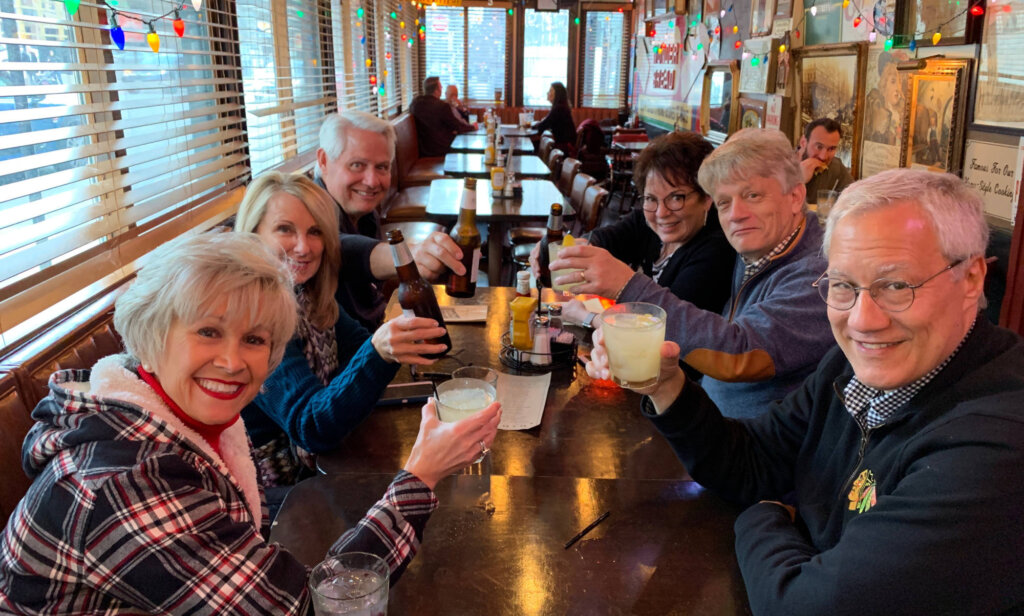
Duration: 3.5 hours
Price: Adult $65
- Price includes transit fees. Food/beverages purchased by guests.
- Tour begins and ends in the Loop.
- Walking distance: 1.1 miles
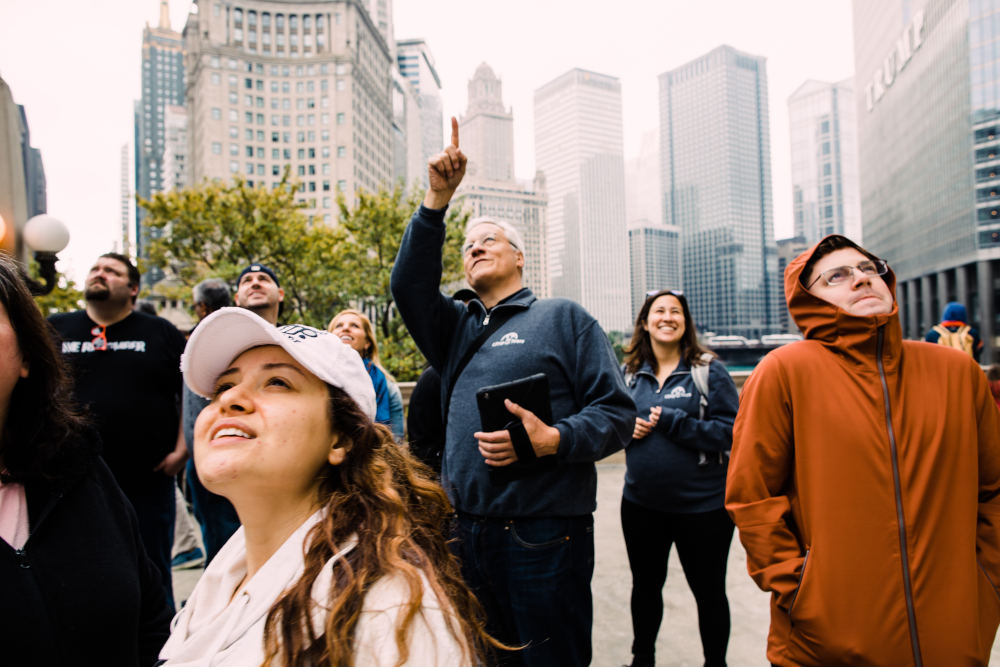
Duration: 3 hours
Price: Adult $65
- Tour price includes professional tour guide, train ride. Food/beverages purchased by guests.
- Tour begins and ends in the Loop.
- Walking distance: 1.5 miles
NEWSLETTER
Stay in the LOOP and subscribe to our monthly newsletter today!
